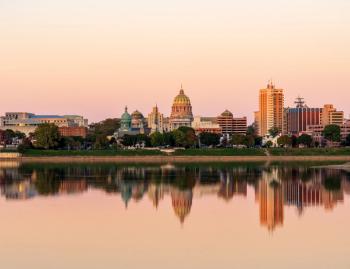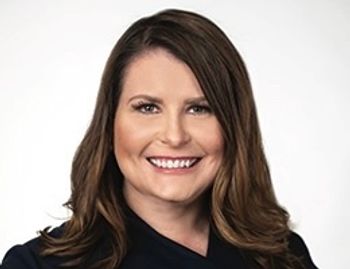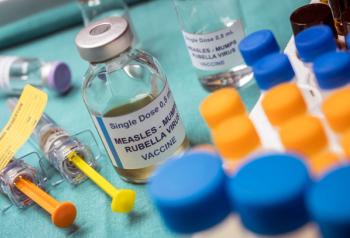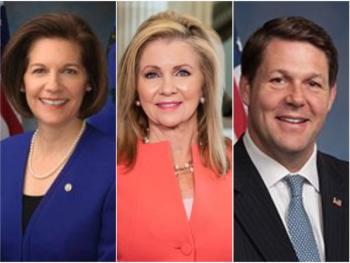
Healthcare spending on lobbying tops $700M, up 70% since 2000
A small number of organizations accounted for the bulk of the spending, according to a new study. Researchers say they may have an outsized role in developing health policy.
Healthcare lobbying has surged over the last 20 years, raising concerns about who benefits and who gets left behind when health policies are crafted.
Lobbying by the healthcare industry surged to $713.6 million in 2020, an increase of more than 70% since 2000, according to an analysis by researchers from Weill Cornell Medical College at Cornell University and the University of Pennsylvania. The findings were published Oct. 28 by
In 2000, healthcare organizations spent $358.2 million on lobbying efforts. The authors noted they used the Consumer Price Index to adjust all spending to 2020 dollars.
Pharmaceutical and health product manufacturers spent the most on lobbying, pouring $308.4 million into those efforts in 2020.
Providers, including hospitals, long-term care facilities and health professionals, followed close behind drug companies in lobbying expenditures ($286.9 million). Payers (insurers and health maintenance organizations) were next in spending, at $80.6 million, while other firms accounted for $37.7 million. The figures for each group included affiliated trade organizations, the authors noted.
A small group of companies poured in the bulk of the money on lobbying, the analysts found. Among payers and manufacturers, the top 10 firms accounted for about 70% of the spending on lobbying. Among providers, the 10 biggest spending firms poured in more than half (59%) of all lobbying expenditures, the study found.
Those big spenders could have an outsized role in the development of healthcare policy and legislation, the authors suggest.
“A minority of firms spend a disproportionate amount on lobbying, which may lead to certain constituencies being underrepresented in the policy-making process,” the authors wrote.
William Schpero, an assistant professor in the division of health policy and economics at Cornell and the lead author of the analysis, wrote on
Schpero said he and another co-author, Paula Chatterjee, a health policy research at Penn, are looking at the causes and consequences.
“We are working to examine what all of this means for the ‘haves’ and ‘have nots’ in hospital markets,” Schpero wrote, adding, “More to come!”
The researchers examined lobbying activities reported by
Lobbying spending growth has abated somewhat in more recent years. Healthcare groups ratched up their lobbying efforts before 2010 as opponents aimed to block or upend the Affordable Care Act, the study noted.
Lobbying firms must report if they spend more than $3,000 per quarter for each client. Organizations with in-house lobbyists must report when quarterly spending surpasses $12,500.
Given those criteria, the authors acknowledge their report may not capture all lobbying expenditures. The authors noted some organizations, but not all, included lobbying expenditures at the state level.
- Read more:
Supreme Court suggests colleges, and medical schools, shouldn’t consider race in admissions






















































































